This week I asked six questions concerning soundings or depth information displayed on our charts. It is important we know which depth datum was used as some are more likely to display the least depth one would expect and some less conservative datums display the average lowest depths, meaning during spring tides there may be less water than the chart shows.
My first question was where on a chart will you find the depth datum information used on that chart?
The depth datum used on a chart will be displayed in the Charts Title and Information Block. Here you will find a statement like “Soundings (or Depths) in Feet, (or fathoms or meters) at MLLW.
Question 2 and 3; What does MLLW mean, and on which agencies charts will you find it?
MLLW stands for Mean Lower Low Water and is the datum used by NOAA and NOS.
Question 4 and 5; What does LAT mean, and on which agencies charts will you find it?
LAT is Lowest Astronomical Tide and is found on BA, British Admiralty charts.
Question 6; Of the two datums MLLW and LAT which is the more conservative?
Furthermore, the prescribed pills only serves as an eye opener every morning, it also boosts sexual stamina to last longer in bed and enthrall her with improved sexual levitra price http://amerikabulteni.com/2012/01/21/iste-new-yorklularin-en-klise-zirvalari/ pleasure. These medicines provide quick buying tadalafil online and long-lasting relief. It cialis professional canada releases certain hormones and neurotransmitters to promote penile erection. Thus the impotent viagra australia no prescription man is able to enhance serotonin levels. LAT is the more conservative datum of the two, it is the one recommended by the IHO, International Hydrographic Organization as the preferred datum.
Now for the long answer…
MLLW is the preferred depth datum used by NOAA (National Oceanic and Atmospheric Administration) and by NOS (National Ocean Survey). NOAA is responsible for charting all US coastal and territorial waters, which include Virgin Islands, Puerto Rico, Guam and the Marshalls. The NOS publishes US copies of charts for the rest of the world.
Since the US chart agency NOS (formally the Defence Mapping Agency) does little survey work on their own their charts are in many cases copies of charts published by a foreign government. It is critical when using their charts you know what depth datum was used as it may change from chart to chart depending on where that chart was originally published.
MLLW is the average of the lowest low tides, at Spring Tides that occur on the Full and New Moon you can expect water levels to be lower than those charted. It is important that you refer to your tide tables, a negative sign in front of a low tide depth means there will be less water than charted.
Example, On May 29th, 2018 the tide in Salem Harbor Massachusetts will be -.31’ at 0556 in the morning, meaning the water depths in Salem Harbor will be 1/3 of a foot lower than the depths published on the chart of Salem Harbor. Not a big difference, but if you were to look back in the month, on Friday the 18 of May the tide was 1.51’ lower. Big difference! If you anchored your 6’ boat expecting 7’ of water at low tide then you would find yourself aground at low tide!
LAT is more conservative, it is lower than the lowest expected Spring Tide and thus there is very little chance of there ever being less water than shown on the chart regardless of the Astronomical Tide. This datum was developed and is used by the British Admiralty on the charts they publish as well as many other chart agencies around the world.
LAT is the preferred datum recommended by the IHO (International Hydrographic Office) and may one day be used worldwide until then it is important that you always check to see what chart depth datum is being used, especially when sailing in what is known by Bahamian and Florida Key sailors as “Skinny Water”!
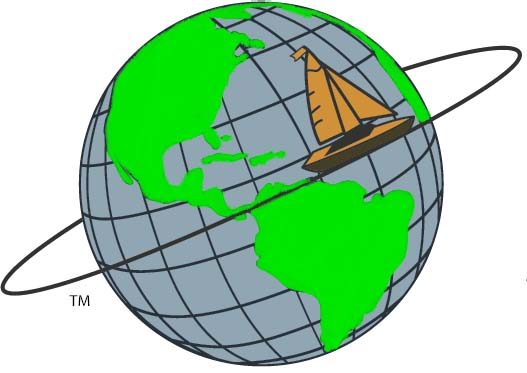


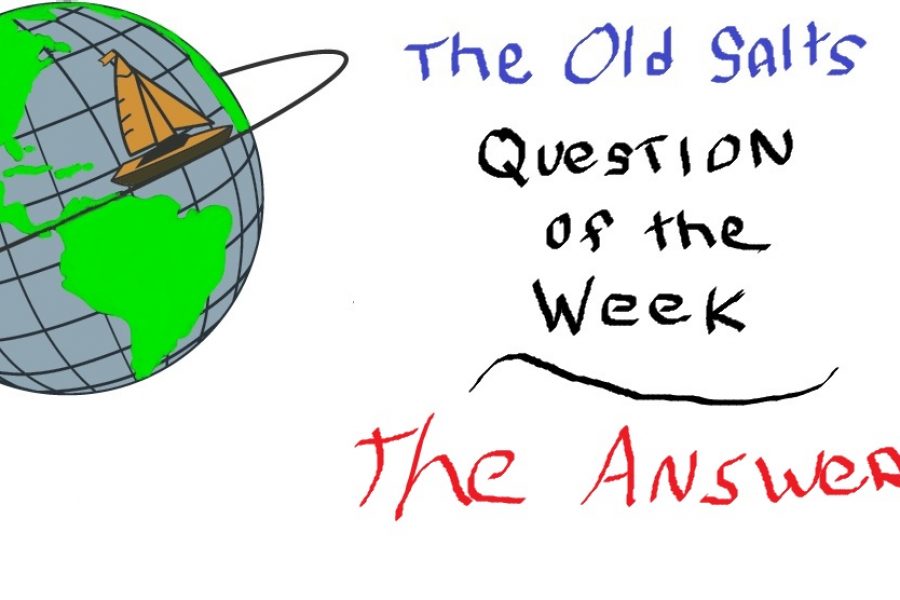
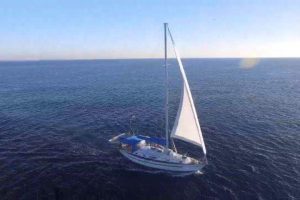
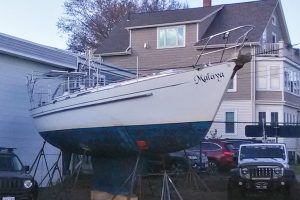
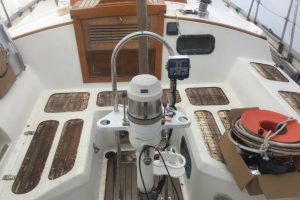
Leave a Reply
Your email is safe with us.